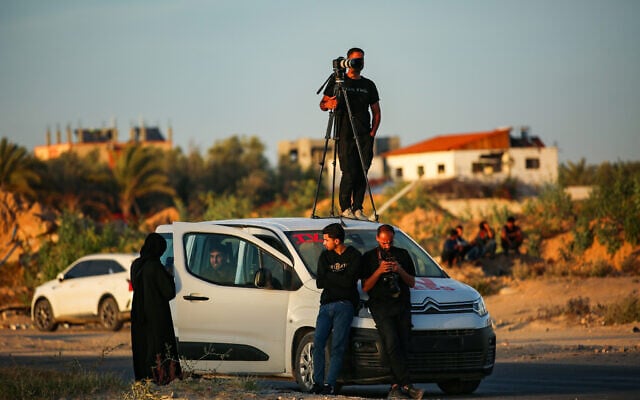


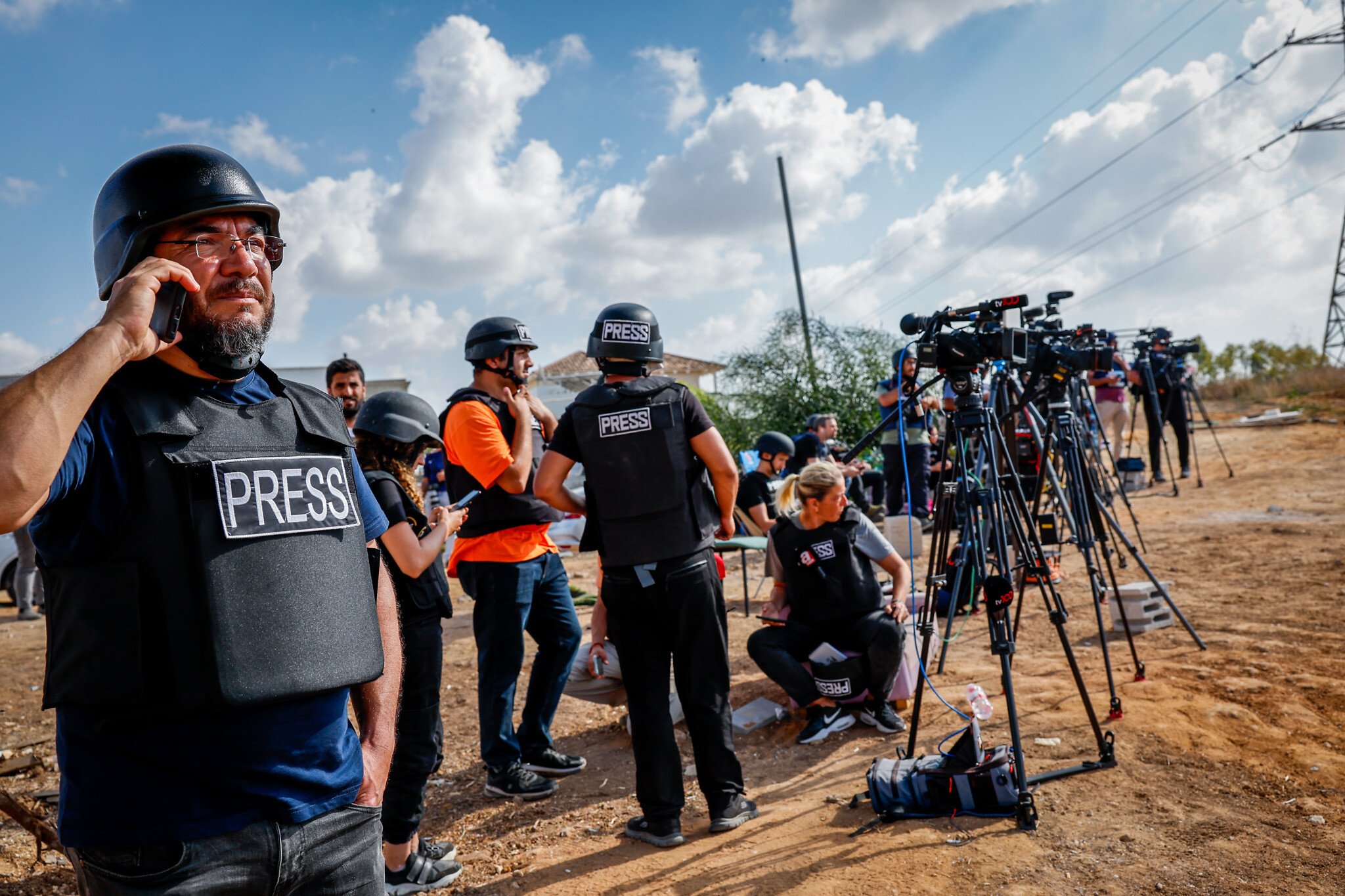
The question of what is happening on the ground in the Gaza Strip is more important than ever, with major policy decisions being driven by images and accounts of mass starvation and deadly shootings at aid sites. But it’s a question that’s increasingly difficult to answer as international media continues to be largely locked out of the Strip.
Even as denials of targeted shootings have added to the flood of conflicting narratives, coming from the Israel Defense Forces or the Gaza Humanitarian Foundation, which has been coordinating relief efforts on the ground since May, independent verification of either side’s claims is impossible.
Some of the uncertainty stems from the inevitable fog of war that clouds any major conflict. But in Gaza, where a humanitarian crisis appears to be deepening, that fog is thickened by an information blackout created by Israel’s own policies.
Since Hamas’s October 7, 2023, attack on southern Israel, foreign journalists have been barred by Israel from entering the Gaza Strip independently. For over 21 months, Israel has denied media free access to the enclave — despite persistent appeals for open, independent coverage.
The only way journalists have entered has been through tightly controlled military embed programs, in which select Israeli and foreign journalists have been brought into Gaza under IDF supervision, with no freedom of movement. These visits are typically brief, highly curated, and prohibit any free interaction with Palestinian civilians — drawing criticism from press advocates who argue they fall short of true journalistic independence.
In court, Israel has defended the decision by saying it is necessary due to the risks to both journalists and troops should reporters be allowed to move freely within an active war zone.
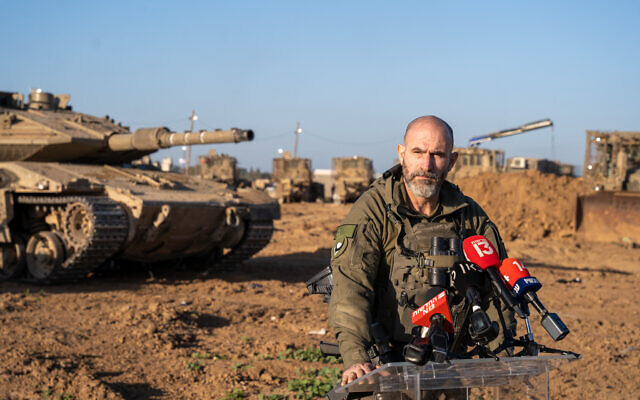
Yet such restrictions stand in contrast to how most modern democracies handle press access in wartime. While security concerns often limit how journalists can operate in conflict zones, full bans on foreign media are relatively rare.
Notable exceptions include Syria during the early years of its post-2011 civil war, where the Assad regime largely banned foreign journalists from entering, though many nonetheless snuck in through porous borders; Russia’s 1999 war in Chechnya, which was marked by sweeping censorship and violence against journalists; and Myanmar’s crackdown on coverage of the Rohingya crisis beginning in 2016, during which the government blocked access and detained foreign reporters.
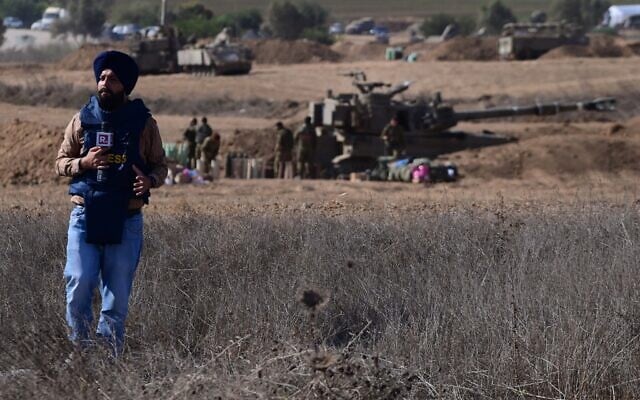
Those cases typically involved authoritarian regimes accused of widespread human rights violations — a comparison Israel has historically rejected.
The decision to keep foreign press out of Gaza does not come from the IDF, a military official told The Times of Israel, but rather from an unspecified overseeing body.
The Foreign Press Association, which represents international reporters working in Israel, the West Bank, and Gaza, petitioned the High Court in December 2023 to force Gaza’s gates open. The state responded by arguing that allowing journalists in would endanger IDF troops whose positions could be compromised.
The High Court upheld the ban in January 2024, citing not only national security concerns but also the dangers journalists themselves would face upon entry, noting that ensuring their safety could divert IDF resources.
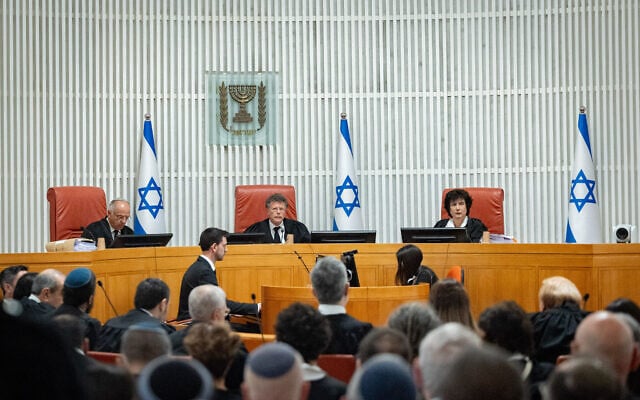
Those dangers are not hypothetical. Palestinian journalists based in Gaza, some of whom work as stringers for international news organizations, have been caught in crossfire as well as facing many of the same dire humanitarian conditions stalking Gaza’s civilians.
According to the Committee to Protect Journalists, 186 news people have been killed in the war, more than in any other conflict the NGO has tracked. (The figure includes two Israeli reporters killed in the October 7 Hamas onslaught.)
The IDF has said that a number of those who claimed to be journalists were actually terror operatives, some of whom participated in the Hamas-led attack on Israel that triggered the war. It has denied targeting actual journalists.
Conscious of how it is viewed in the international arena, Jerusalem has a clear interest in avoiding reports of foreign journalists — especially from allied countries — being killed or injured covering the war.
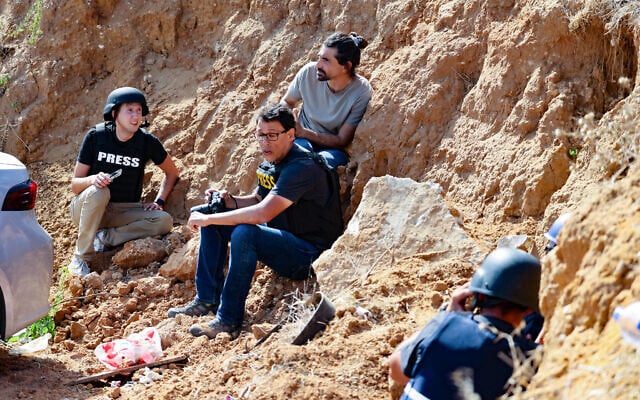
At the same time, many Israeli officials doubt that allowing foreign journalists into Gaza would result in independent reporting anyway, given credible accounts of Hamas authorities tightly controlling what media comes out of the Strip, including through threats of violence.
During 2014’s Operation Protective Edge, several foreign journalists in Gaza reported being harassed or intimidated by Hamas operatives. In some cases, photographers who captured images of fighters launching rockets from civilian areas or engaging in combat while dressed as civilians were confronted, threatened, and had their equipment confiscated.
Nonetheless, experts maintain that the decision on journalists entering areas of conflict should be left to individual news organizations.
“The decision of whether to send reporters into dangerous war zones should lie with the networks rather than the government,” FPA chairman Tania Kraemer told The Times of Israel. “As journalists, it is our job to be on the ground and report.”
The FPA repetitioned for access in September 2024. The state was given one month to respond, but after multiple delays, the court announced in February 2025 that it would not grant any further extensions and scheduled a hearing. However, that hearing — like others before it — was repeatedly postponed, most recently in June. A new hearing date has been set for October.
In July, amid talk of a potential ceasefire, the FPA’s legal team submitted an urgent request to expedite the hearing, citing both the humanitarian situation in Gaza and the pressing need for independent reporting from inside the enclave. The request has yet to be met with a response.
Even as it presses for foreign access to the Strip, the FPA and others are also increasingly expressing concern for the wellbeing of Palestinian journalists in Gaza, coupling the demands together.
“The burden of reporting should not fall solely on our Palestinian colleagues in Gaza,” Kraemer said. “Especially now when they are experiencing extremely harsh conditions after 21 months of war, risking their lives to deliver the news, and while they are struggling now to feed themselves and their families.”

In June, the group was one of 204 media and press freedom organizations to sign an open letter calling “for immediate, independent, and unrestricted international media access to Gaza and for full protection of journalists who continue to report under siege.”
“Local journalists, those best positioned to tell the truth, face displacement and starvation,” the letter read.
In recent days, several news organizations, as well as the FPA, have sounded alarm bells over what they say is interminable hunger faced by Gazan journalists, compounding the risks they already deal with in reporting from the Strip.
“Reporting from any conflict zone is a risky and brave pursuit that ultimately performs a global public service,” New York Times international editor Philip Pan said in a statement Sunday. “Adding the threat of food deprivation and even starvation to these risks is deeply concerning.”
Last week, the Journalists Association for Agence France Presse announced in a statement that its colleagues reporting in the Gaza Strip were at serious risk of starvation, and that “without intervention, the last reporters in Gaza will die.”
The statement said AFP’s journalists in Gaza had recently warned that they no longer have the strength to report, with one photographer in the enclave saying in a Facebook post on Saturday, “My body is thin and I can no longer work.”
Three days later, the BBC, Associated Press, and Reuters joined AFP in calling for press access to the Gaza Strip.
“We are desperately concerned for our journalists in Gaza, who are increasingly unable to feed themselves and their families,” the organizations wrote in a joint statement. “We once again urge the Israeli authorities to allow journalists in and out of Gaza. It is essential that adequate food supplies reach the people there.”

Throughout the war, local journalists have endured the same hardships as the people they cover — repeated displacement, bombardments, and now, widespread hunger.
“Last week, a cameraman told me that he hadn’t eaten all day and wasn’t sure what he would find to eat on his way home,” Kraemer recalled. “And yet, he was still out reporting.”
According to Gaza’s Hamas-run health ministry, around 88 people have died of hunger in the Strip since the war began, many of them in recent weeks. Israel has repeatedly accused the ministry of inflating its figures, but with its ongoing restrictions on media access to Gaza, there is no way to verify either side’s claims independently.
Israel says it has allowed in hundreds of aid trucks, accusing the UN of failing to do its job picking up and distributing the supplies and Hamas of diverting what did go out.
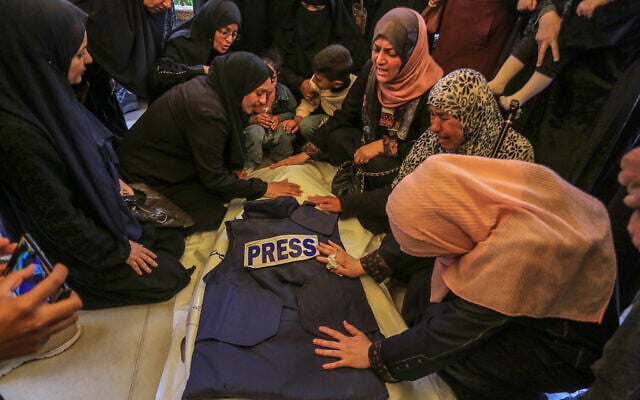
Last week, the army brought a number of Israel-based journalists to a crossing where it said aid was piling up to see for themselves. But reports on the IDF’s claims lacked the credibility of independent reporting, with no journalists able to verify whether the UN was actually to blame.
Compounding the hunger crisis have been near-daily reports of mass shootings outside aid sites, with most international outlets citing death toll figures supplied by Hamas-controlled authorities. Though the IDF has disputed the tallies, it has provided no numbers of its own, and there are no reporters able to even attempt independent verification.
The absence of reliable news sources in Gaza has created an information vacuum, which has been filled by citizen journalists, often through social media platforms.
“While social media provides us with information, it is difficult and time-consuming to verify,” Kraemer noted.
Posts often lack key details such as time, location, and source attribution, and in many cases, the original footage is shared out of context or altered in some way. Without independent access to the ground, traditional media outlets are left relying on fragmented accounts — making it harder to distinguish between fact, misinformation, and propaganda.
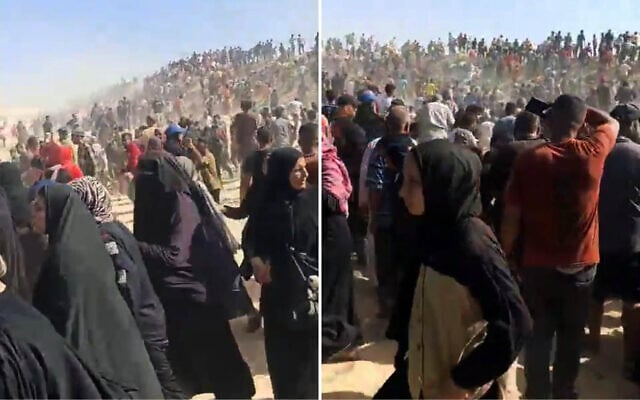
The result is a murky information environment in which international media must rely on competing narratives from Hamas or the IDF — two parties deeply invested in shaping the story — rather than on neutral, independently verified sources.
If the few remaining Palestinian journalists become unable to continue their work due to worsening conditions, and foreign reporters remain barred from entering Gaza, experts warn that the flow of credible information could grind to a halt altogether.
“Such a situation is hard to imagine,” Kraemer said. “Many journalists rely on their trusted Palestinian colleagues in Gaza. They do the groundwork for us, acting as our eyes and ears.”
According to Kraemer, the disappearance of Gazan reporters would only worsen the information vacuum, giving greater leeway for both sides to distort reality.
“Israeli officials already accuse Palestinian and foreign journalists of bias or of not reporting the truth,” she said. “This would be amplified even further.”

